The Glacier Express
I'm not much of a morning person, and I don't care for the cold. So what exactly was I doing, moving briskly through the streets of a Swiss mountain village so soon after sunrise in the sub-zero chill of mid-March?
Truth be told, I barely noticed the cold until my exposed fingers were fiddling with the camera slung around my neck, sizing up a splendid shot of the Matterhorn lit by gorgeous golden rays. By the time we arrived in Zermatt the previous afternoon, the sun had already moved behind the pyramidal peak, casting it in a less favourable light. Now, it was nearly perfect. Had I been able to rouse myself even earlier, just as the sun was cresting the ridge behind me, I'd have earned an even prettier photo. No matter - this sun-dappled view of the majestic mountain was worth waking up for.
I soaked in the scenic splendour for a few seconds longer, then turned and started jogging back to my hotel. Time was tight - I hadn't been to breakfast yet, or finished packing my bags. In less than two hours, I'd be boarding a train out of town. And while it was hard to say 'Auf Wiedersehen' to the Matterhorn, I knew there'd be plenty more stunning sights ahead that day, all of them viewed through the panoramic windows of the famous Glacier Express train across the Alps.
Other than schussing around on a pair of skis, or possibly plying the waters of a pristine lake, trains are the best way to travel around Switzerland. The extensive, perfectly-executed timetable more than lives up to any Swiss stereotype you might have. But rigorous punctuality isn't the only thing that makes riding Switzerland's rails so remarkable. The incredibly-dense, highly-integrated network connects with everything from buses and airplanes to boats and cable cars. It's also the most well-used system in the world, with per-capita ridership averaging an astounding 2,300 kilometres annually. Sure, fares aren't cheap, but little else in Switzerland is, besides chocolate, milk, and cheese.
Of the many amazing journeys available, from cogwheel ascents of snowy summits to a train that terminates inside the towering Jungfrau mountain at Europe's highest station, some 3,500 metres above sea level, the Glacier Express is arguably the best combination of beauty, glamour, comfort, and convenience. Whether you start in Zermatt and head east toward the glitzy resort towns of Davos and St. Moritz, or do the journey in reverse, you're sure to be left catching your breath at the amazing Alpine landscapes. Besides windows that stretch to the ceiling and beyond, and an accompanying audio commentary, each quartet of seats surrounds a table where passengers can dine on a la carte meals paired with sumptuous Swiss wines. If you're looking to save some francs, you're welcome to pack your own picnic lunch along, including any beverage of choice. I opted for a sandwich, a lentil salad and a can of lager, followed by a bar of heavenly hazelnut chocolate.
Truth be told, the name Glacier Express is misleading on both fronts. It takes the better part of eight hours to cover the 291 kilometre route from end to end. As such, the marketing minds behind the trip have dubbed it 'the slowest express train in the world.' Its value, particularly from a tourist's perspective, lies is delivering continuous travel across an area served by the regional trains of two different railways, eliminating the need to wait for connections. As for the glacier part, the train also hasn't visited its namesake ice field, the Rhone Glacier, in 35 years, with the Furka Base Tunnel now permitting year-round service beneath an area that is covered by deep snow throughout the winter.
Scheduling your trip can be a little tricky - to make the most of the journey, you want to travel on a day when the skies are clear and bright, not grey and cloudy. Alpine weather, of course, can be rather unreliable, so try and give yourself a few days to choose from, rather than being tied to a specific date.
Although the views from the oversized windows are magnificent, the train does not lend itself particularly well to photography or videos - it's hard to avoid glare and reflections getting in the way, the glass is also slightly tinted, and you can't open the windows to take a clear shot. If you're lucky enough to travel on a sunny day, don't forget to dress in layers - all that glass turns the carriage into something of a greenhouse, making it hot and steamy inside.
By far the most stunning section is the literal high point of the journey: the crossing of the 2,033 metre Oberalp Pass. Heading eastbound, we pulled into Andermatt station and gazed up at the track rising steeply out of town, wondering how such an ascent could be possible. Minutes later we were off again, climbing sharply on the rack railway before emerging from a spiral tunnel to watch skiers descend a hair-raising piste on the other side of the valley. A little higher up, we paused on a siding to let a westbound train pass, laughing as a group of skiers relaxing on the sun-drenched patio of a nearby restaurant tried pelting our massive windows with snowballs. Then we were off again, chugging upwards above the 2,000 metre mark before reaching the pass, levelling off briefly before beginning the long descent down the other side, toward the town of Disentis. From there, the scenery changed dramatically, as snow-capped peaks gave way to the the ragged rock and steep-sided cliffs of the Rhine Gorge, Switzerland's Grand Canyon.
Rather than heading all the way to St. Moritz, we stopped our journey in Chur, Switzerland's oldest town and reputed to have the country's highest concentration of bars. By late afternoon, the morning chill of Zermatt just a memory and the snows of Oberalp Pass now far behind, we were relaxing with pints on a sunny patio at the edge of the medieval Old Town, staring up at the peaks surrounding the city, sizing up dinner destinations, and fondly reminiscing about the amazing Alpine experience we'd just enjoyed.
Our thanks to Ian Harrison for this great article on the Glacier Express. When Ian isn't traversing the Swiss countryside he writes for the Associated Press covering the Toronto Raptors and Toronto Blue Jays.


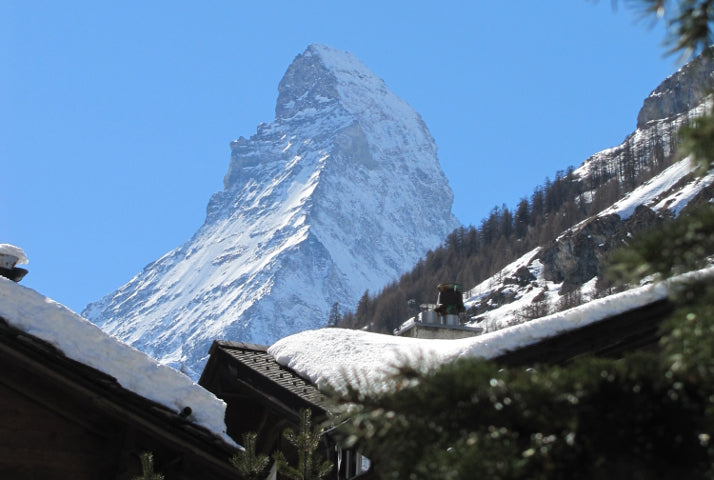
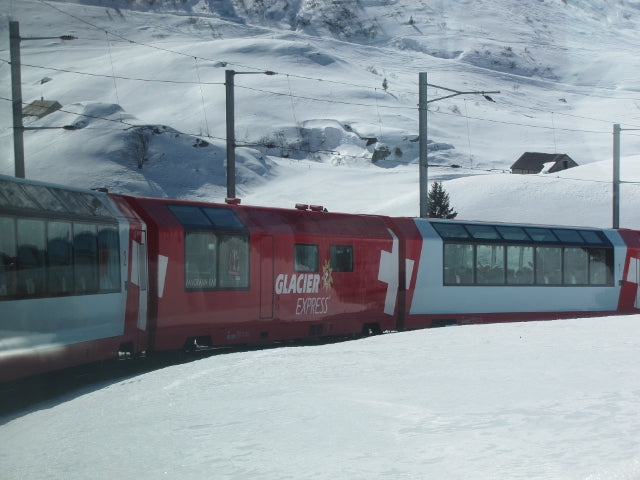
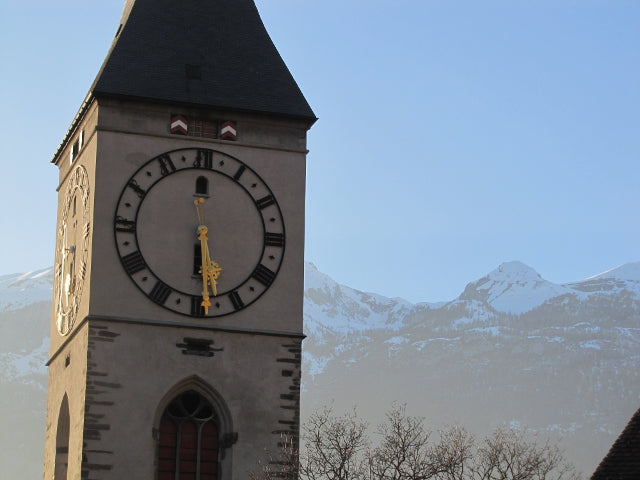
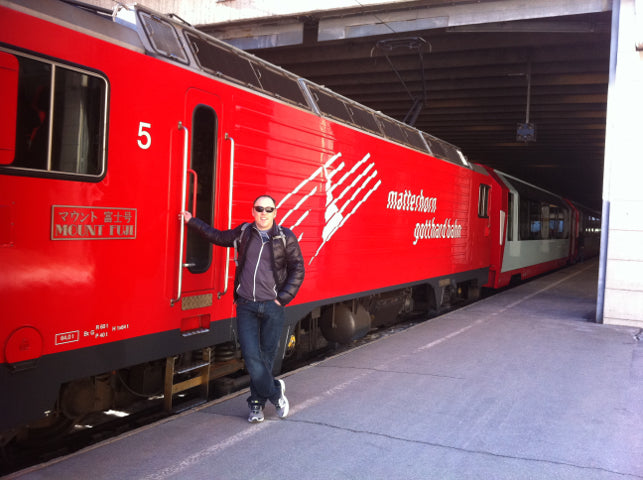

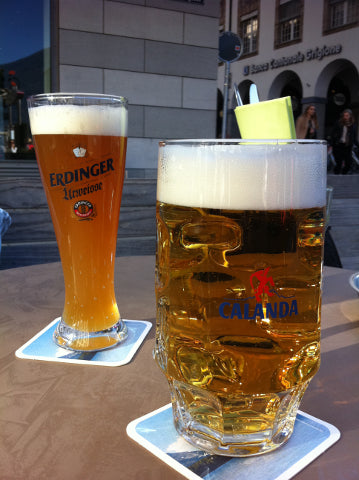



Leave a comment